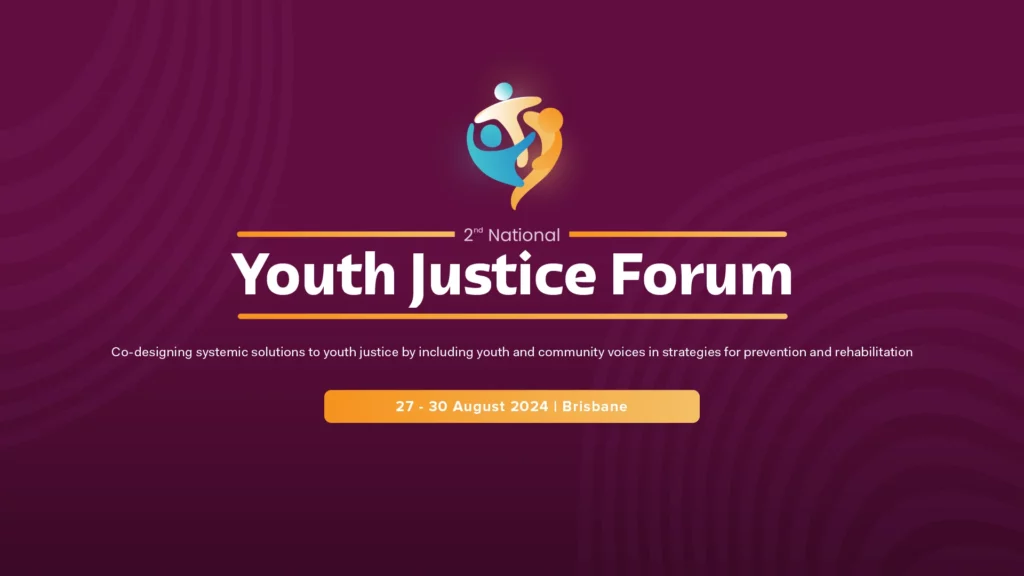It’s one thing to have a fantastic idea about how your not-for-profit (NFP) organisation can bring in new income, but launching a revenue generation initiative and ensuring it is sustainable into the future is another thing altogether.
A failed revenue stream can threaten both the survival and reputation of the organisation. Initiatives can fail prior to or after launch because the NFP organisation didn’t test the market thoroughly, or attract suitable staff or finance.
So how can your NFP minimise the chances of getting it wrong while installing confidence in the board that you have it right? The following tools will offer greater clarity and comfort in knowing that an appropriate level of rigor has been applied to your new revenue idea prior to investing further time and organisational resources.
Rate your list of ideas
If you have a number of ideas, conduct a quick analysis of each idea and give it an overall rating based on how it performs against each of the following factors:
- Degree of fit or appropriateness for your organisation
- Likely level of demand for the new product, service or program
- Level of investment required
- Number and type of risks involved, in particular financial, legal and reputational threats
- Estimated net return
- Lead time required.
Develop concepts that rate well, especially those that are practical to implement, lucrative, demonstrate real pent-up demand, carry less relative risk and are aligned with the organisation’s overall mission and vision.
Consult internal stakeholders
Pitch your best concepts to internal stakeholders and ask for them to provide honest feedback. Be very clear whether the initiative is skewed more toward donor/member needs or whether your objective is simply to make money (or both) as this will affect your financial projections. For example, margins may need to be sacrificed if the objective is to achieve greater supporter benefits such as discounts.
Conduct a cost-benefit or feasibility study
Concepts that have been identified as being low risk and simple, such as extending an existing product or service, generally only require a cost-benefit analysis. However, a full feasibility study is recommended to prove the viability of more complex initiatives, such as a major new project, new enterprise, joint venture, merger or acquisition.
Key components of a full feasibility study include:
- Development of a clear mission and objectives
- Market research to determine whether income streams are realistic and robust, including an analysis of dynamics, trends and competing products/services/programs
- Analysis of the strengths, weaknesses, opportunities and threats of the initiative
- Review of alternative models, and the pros and cons of each option
- Review of governance and operational changes required
- Identification and management of risks
- Critical success factors of the initiative
- Financial considerations, such as capital required with investment tranches, comprehensive financial forecasts, point of breakeven and return on investment, exit strategies and contingency plans
- Development of key performance and key business indicators
- Creation of a detailed project and implementation plan
- Formulation of a marketing plan.























































































































































